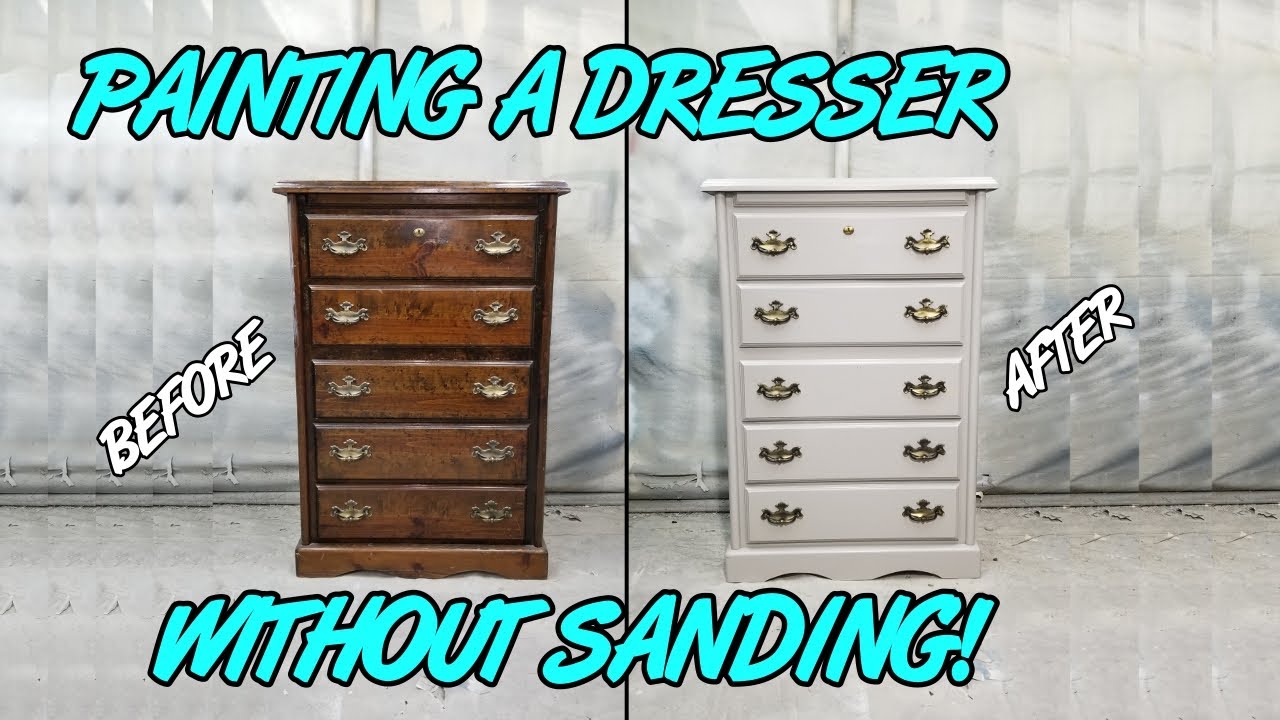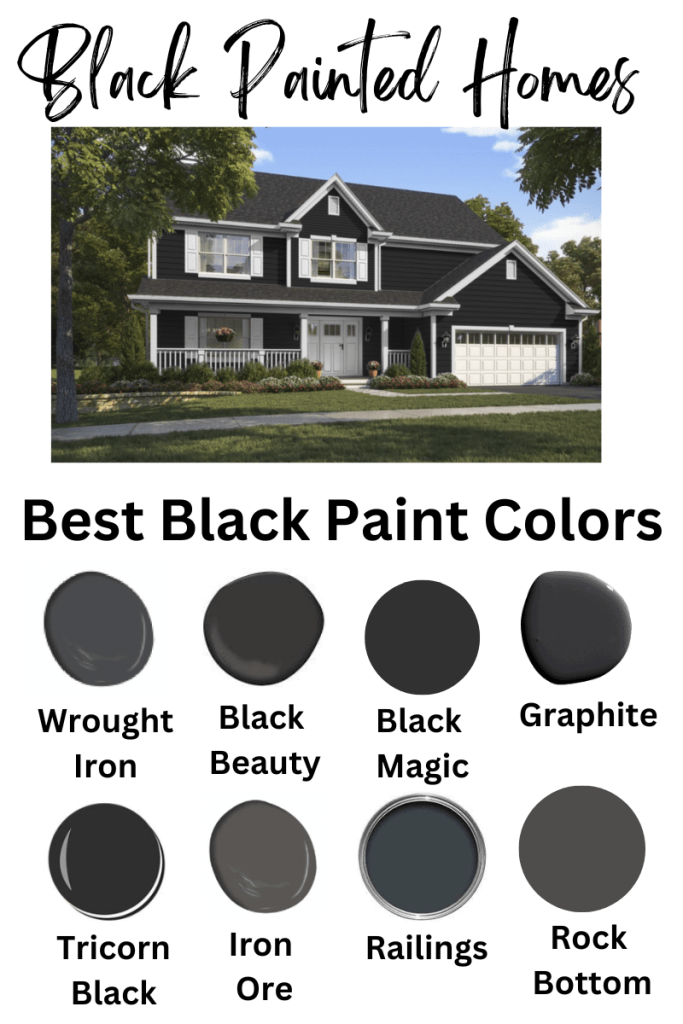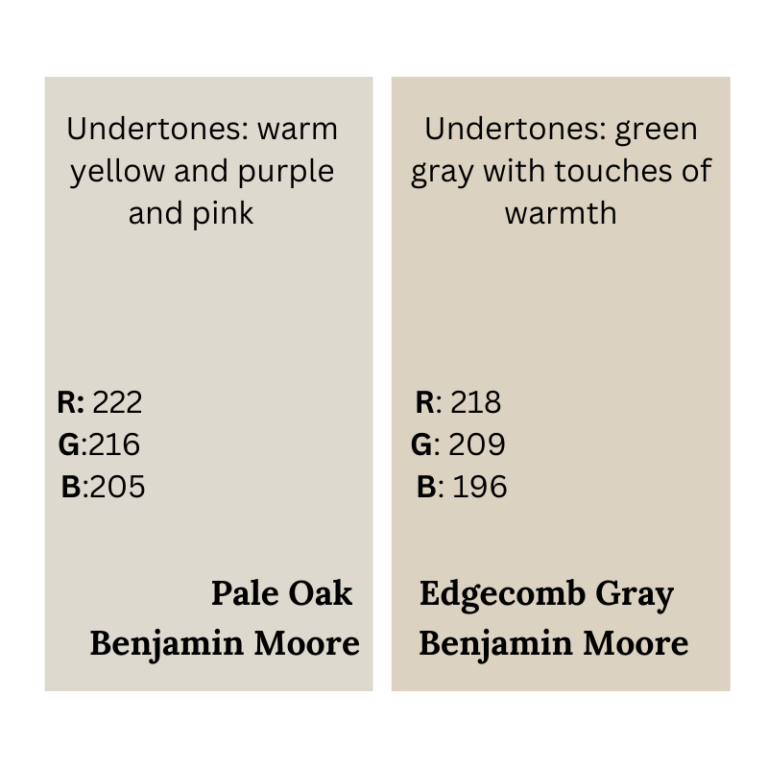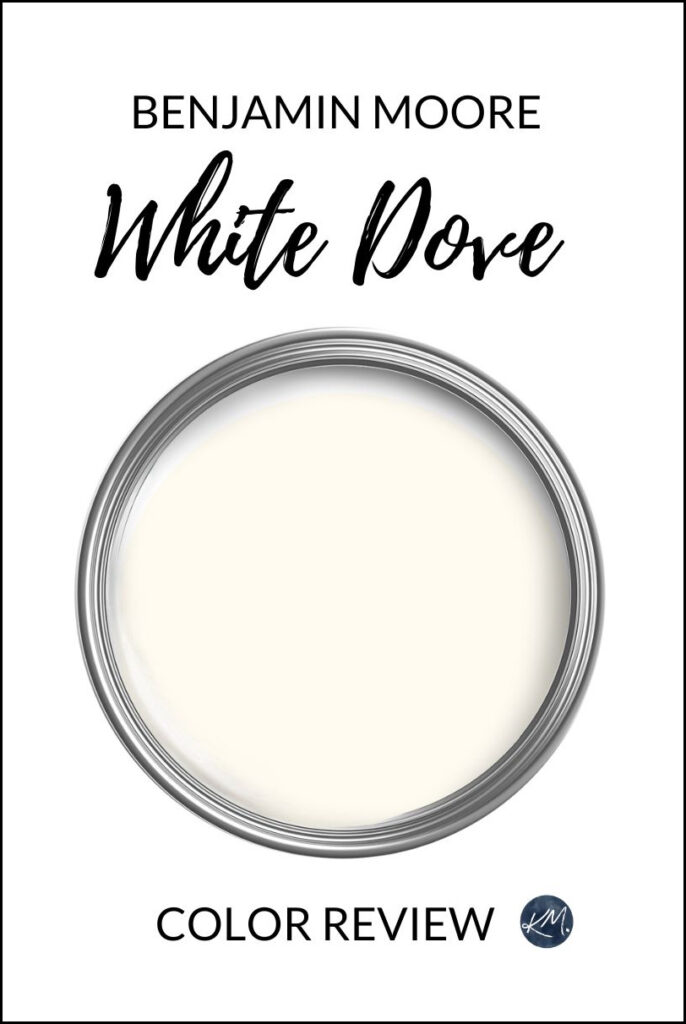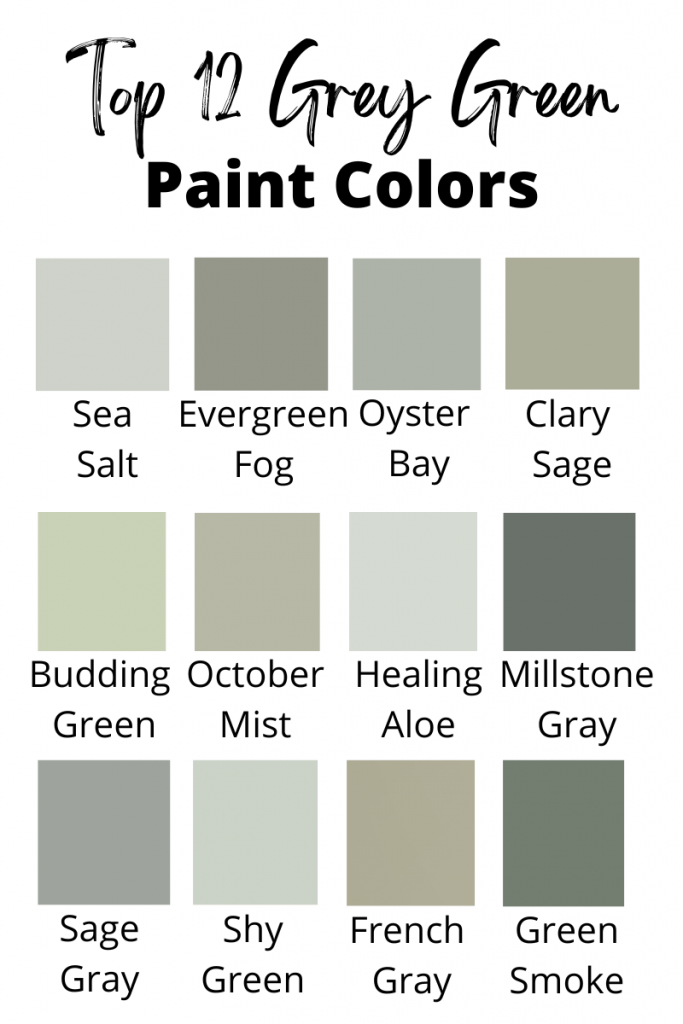Painting Wood Furniture Without Sanding: A Hassle-Free Guide
Painting wood furniture without sanding is possible by using a bonding primer. This primer helps the paint adhere properly.
Transforming old wood furniture can breathe new life into your living space. Sanding can be time-consuming and messy, making it a less appealing option. Fortunately, modern products and techniques allow you to paint wood furniture without the hassle of sanding.
Using a high-quality bonding primer ensures the paint adheres well to the surface. This method saves time and effort while delivering excellent results. With the right tools and materials, you can achieve a smooth, professional finish. Read on to discover the steps and tips for painting wood furniture without sanding.
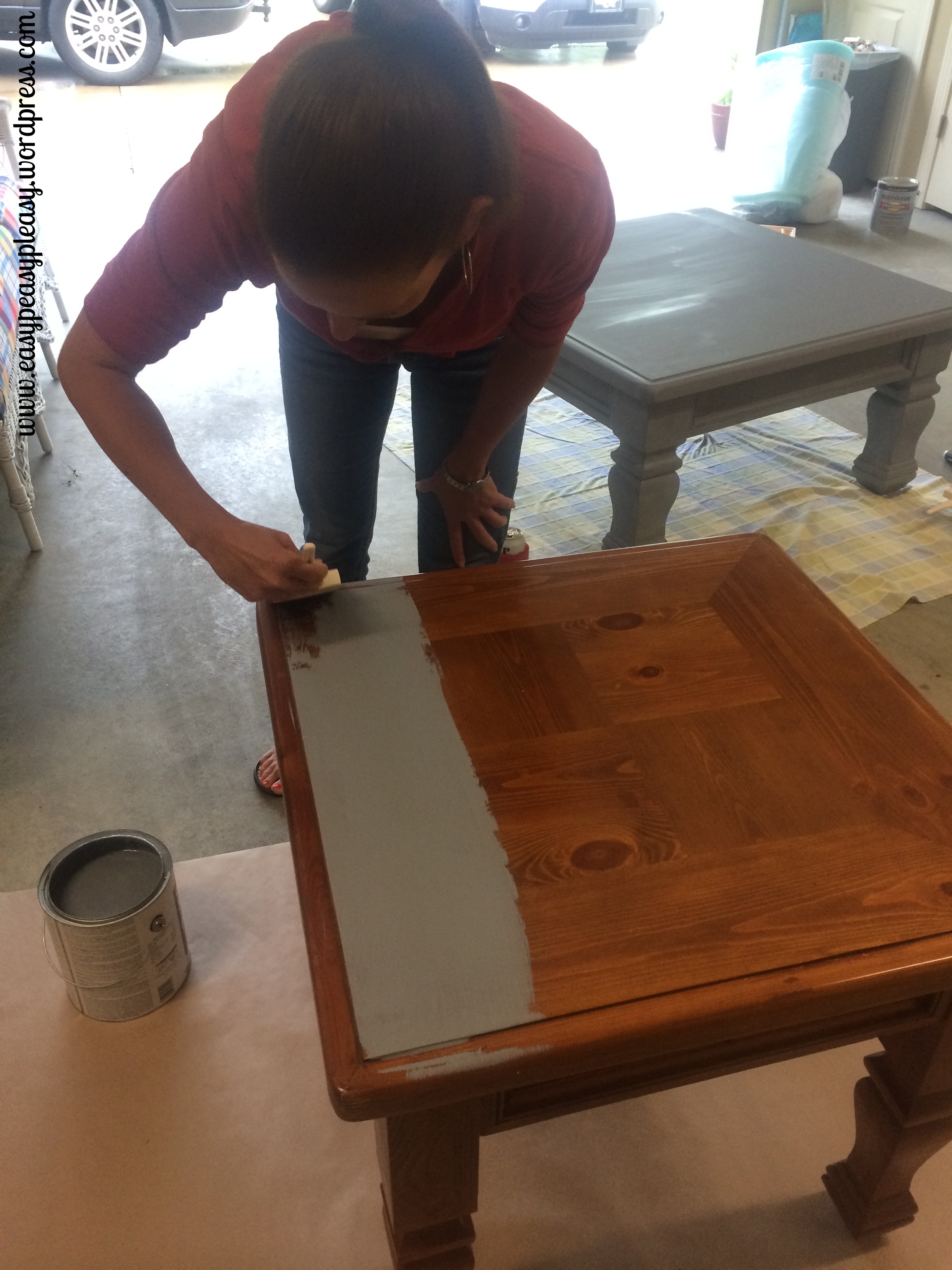
Credit: easypeasypleasy.com
Choosing The Right Paint
Choosing the right paint is crucial for a smooth and lasting finish. When painting wood furniture without sanding, the paint needs to adhere well. It should also cover imperfections and withstand daily wear and tear.
Types Of Paint
There are several types of paint suitable for wood furniture:
- Chalk Paint: This paint offers a matte finish and requires minimal prep.
- Milk Paint: Made from natural ingredients, it gives an antique look.
- Latex Paint: Water-based and easy to clean, it’s versatile and durable.
- Oil-Based Paint: Known for its hard finish, it’s ideal for high-traffic pieces.
- Enamel Paint: Provides a glossy finish and strong durability.
Best Brands
Here are some top brands known for their quality and performance:
| Brand | Type | Key Features |
|---|---|---|
| Annie Sloan | Chalk Paint | Minimal prep, variety of colors |
| Rust-Oleum | Milk Paint | Natural ingredients, easy to distress |
| Behr | Latex Paint | Quick-drying, excellent coverage |
| KILZ | Oil-Based Paint | High durability, smooth finish |
| Benjamin Moore | Enamel Paint | Glossy finish, long-lasting |
Choosing the right paint brand and type can make a big difference. It ensures the furniture looks beautiful and lasts longer.

Credit: www.youtube.com
Preparing The Surface
Painting wood furniture without sanding can save time and effort. The first step is preparing the surface for a smooth, long-lasting finish. Proper preparation ensures the paint adheres well and looks great.
Cleaning Techniques
Start by cleaning the furniture thoroughly. Use a mixture of warm water and mild dish soap. Wipe down the entire piece with a soft cloth. This removes dirt, grime, and oils that can affect paint adhesion.
For stubborn stains, mix vinegar and water in equal parts. Scrub gently with a sponge. Make sure to dry the furniture completely. Moisture can interfere with the painting process.
Using Deglossers
Deglossers, also known as liquid sandpaper, can help prepare the surface. These products remove the glossy finish from wood furniture. Apply the deglosser with a clean cloth, following the manufacturer’s instructions.
Let the deglosser sit for the recommended time. Wipe off any excess product with a damp cloth. Ensure the surface is clean and dull before painting.
| Step | Materials Needed | Action |
|---|---|---|
| Cleaning | Warm water, dish soap, soft cloth | Remove dirt and grime |
| Stain Removal | Vinegar, water, sponge | Scrub stubborn stains |
| Deglossing | Deglosser, clean cloth | Remove glossy finish |
These steps ensure your furniture is ready for a fresh coat of paint. Proper preparation leads to a beautiful, durable finish. Skipping these steps can result in peeling or uneven paint.
Priming Essentials
When it comes to painting wood furniture without sanding, priming is essential. Proper priming ensures a smooth finish and helps the paint adhere better.
Types Of Primers
- Oil-based primer
- Shellac-based primer
- Water-based primer
Application Tips
- Clean the surface before priming.
- Use a high-quality brush or roller for even application.
- Apply primer in thin, even coats.
- Allow each coat to dry completely before applying the next.
Painting Techniques
Painting wood furniture without sanding can save time and effort. You can achieve a smooth, professional look with the right techniques. This section will guide you through two essential methods: using a brush versus using a spray and applying multiple coats.
Brush Vs. Spray
Choosing between a brush and a spray depends on your project needs. Each method has its advantages and disadvantages.
| Brush | Spray |
|---|---|
|
|
Multiple Coats
Applying multiple coats ensures a durable and beautiful finish. Follow these steps for the best results:
- First Coat: Apply a thin, even layer. Let it dry completely.
- Second Coat: Apply another thin layer. Ensure it covers any missed spots.
- Additional Coats: Repeat until you achieve the desired coverage and color.
Remember to let each coat dry fully before applying the next. This prevents smudging and ensures a smooth finish. Use light, even strokes to avoid drips and uneven spots. Whether using a brush or spray, patience is key to a professional look.
Drying And Curing
Painting wood furniture without sanding can save you time and effort. Yet, understanding the drying and curing process is crucial for a perfect finish. This section will guide you through the optimal conditions and time frames for drying and curing your painted furniture.
Optimal Conditions
Drying and curing paint require the right conditions. Ensuring these conditions helps achieve a smooth finish.
- Temperature: Maintain a room temperature between 60-75°F (15-24°C).
- Humidity: Keep humidity levels between 40-50%.
- Ventilation: Ensure good airflow with windows open or fans.
These factors help the paint dry evenly and thoroughly. Avoid painting in extreme weather conditions.
Time Frames
Each type of paint has its own drying and curing times. Understanding these time frames ensures a durable and smooth finish.
| Paint Type | Drying Time | Curing Time |
|---|---|---|
| Latex Paint | 1-2 hours | 2-4 weeks |
| Chalk Paint | 30 minutes | 1-2 weeks |
| Oil-Based Paint | 6-8 hours | 1-2 weeks |
Always follow the manufacturer’s instructions for the best results. Patience during the curing process ensures a long-lasting finish.
Allow each coat of paint to dry before applying the next one. This step prevents tackiness and uneven surfaces.
Finishing Touches
After applying paint to your wood furniture, the final steps are crucial. These finishing touches ensure durability and enhance the look. Let’s dive into adding hardware and protective coatings.
Adding Hardware
New hardware can transform the look of your furniture. Choose handles or knobs that complement your new paint color. Use a tape measure to ensure proper placement. Drill pilot holes for screws to avoid splitting the wood. Tighten screws carefully to secure the hardware firmly.
| Hardware Type | Recommended Use |
|---|---|
| Handles | Drawers and cabinet doors |
| Knobs | Small drawers and doors |
| Hinges | Cabinet doors |
Protective Coatings
Applying a protective coating is essential for longevity. Choose a clear topcoat or wax for a smooth finish. Use a clean brush or cloth to apply the coating evenly. Allow it to dry completely before using the furniture.
- Clear Topcoat: Ideal for high-traffic furniture.
- Wax: Best for a soft, matte finish.
- Polyurethane: Offers the strongest protection.
Apply multiple coats for added protection. Lightly sand between coats for a smooth surface. Your painted wood furniture will now look stunning and stay protected for years.
Common Mistakes
Painting wood furniture without sanding can save time and effort. But, some common mistakes can ruin your project. Knowing these mistakes helps you avoid them and ensures a smooth finish.
Avoiding Streaks
Streaks often occur due to improper brush strokes. Use a high-quality brush for even application.
- Do not use old, worn-out brushes.
- Apply paint in thin, even layers.
- Avoid overloading the brush with paint.
Always paint in the direction of the wood grain. This reduces streaks and gives a smooth finish.
Preventing Peeling
Peeling can ruin the look of your furniture. It often happens due to poor surface preparation.
- Clean the wood surface thoroughly.
- Use a primer before painting.
- Choose the right type of paint for wood.
Make sure the paint is fully dry before adding another coat. This helps prevent peeling and ensures a long-lasting finish.
Below is a summary table for quick reference:
| Common Mistake | Solution |
|---|---|
| Using old brushes | Use high-quality brushes |
| Thick paint layers | Apply thin, even layers |
| Painting against grain | Paint in the direction of the grain |
| Poor surface preparation | Clean and prime the surface |
| Wrong paint type | Choose paint suitable for wood |
Maintenance Tips
Maintaining painted wood furniture without sanding can be simple. With proper care, your furniture will stay beautiful for years. Here are some essential maintenance tips.
Cleaning Painted Furniture
Clean your painted furniture regularly. Use a soft cloth and mild soap. Avoid harsh chemicals that can damage the paint. Follow these steps for effective cleaning:
- Dust the furniture with a dry cloth.
- Mix mild soap with warm water.
- Dip a soft cloth in the soapy water.
- Wipe the furniture gently.
- Rinse with a clean damp cloth.
- Dry with a soft towel.
Use coasters and placemats to protect surfaces. This prevents stains and scratches. Avoid placing hot items directly on the furniture.
Touch-up Tips
Touch-ups are necessary for maintaining the look. Small chips and scratches can happen. Use these tips to touch up your painted furniture:
- Clean the area with a damp cloth.
- Sand the damaged spot lightly with fine sandpaper.
- Apply matching paint with a small brush.
- Let the paint dry completely.
- Seal the touch-up with a clear coat.
Keep extra paint for future touch-ups. Store it in a cool, dry place. Label the paint with the furniture name and color.
| Problem | Solution |
|---|---|
| Stains | Clean with mild soap and water. |
| Scratches | Use matching touch-up paint. |
| Fading | Avoid direct sunlight exposure. |
Regular maintenance keeps your painted furniture looking new. Follow these tips for a lasting finish.

Credit: themorrismansionblog.com
Frequently Asked Questions
Can I Paint On Wood Directly Without Sanding?
Yes, you can paint on wood without sanding. Use a high-quality primer designed for wood surfaces to ensure proper adhesion.
Does Wood Furniture Need To Be Sanded Before Painting?
Yes, wood furniture should be sanded before painting. Sanding ensures better paint adhesion and a smoother finish.
Can I Paint Straight Onto Varnished Wood?
Yes, you can paint on varnished wood. First, sand the surface lightly. Then, apply a primer suitable for varnished surfaces. Finally, paint with your desired color.
What Kind Of Paint Do You Use On Wood Furniture?
For wood furniture, use acrylic latex paint for a durable and smooth finish. Sand and prime the surface before painting.
Conclusion
Transforming wood furniture without sanding is achievable and straightforward. With the right materials, you can achieve stunning results. Save time and effort while breathing new life into your pieces. Enjoy the process and the vibrant, refreshed look of your wood furniture.
Happy painting!

